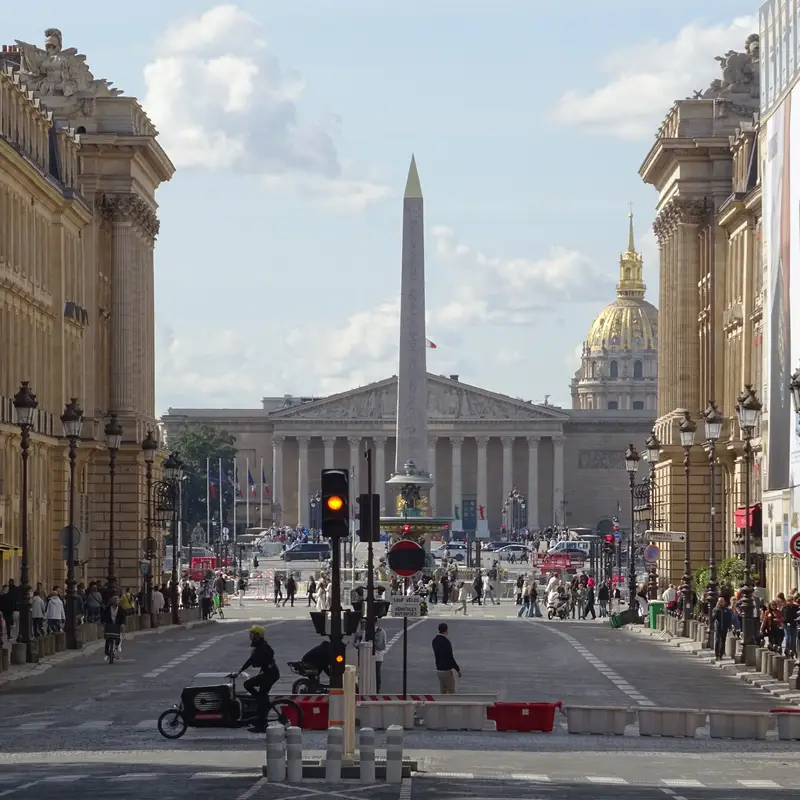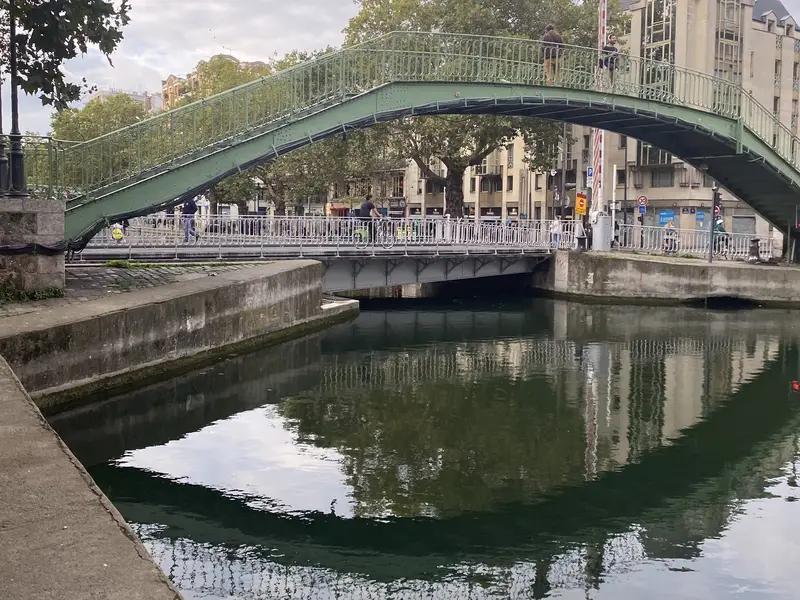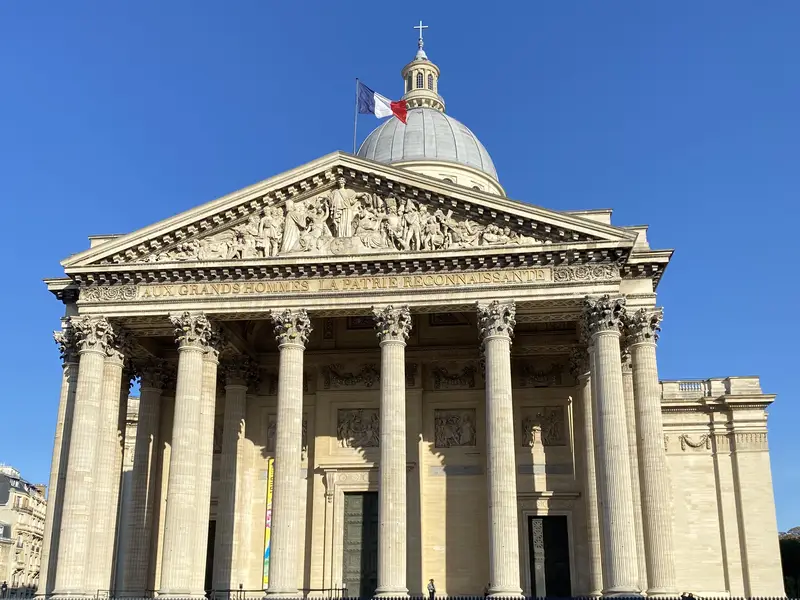The Secrets of Place de la Concorde: From Guillotine to Luxury
Stroll through Place de la Concorde and uncover its dramatic history and beauty.
Place de la Concorde
Place de la Concorde, one of the largest and most famous squares in Paris, perfectly blends history, architecture, and symbolic significance. Situated at the end of the iconic Champs-Élysées, it offers stunning views of numerous landmarks that create a unique panorama of the French capital. When you step into this square, you feel as though you are at the very heart of Paris a place where the past meets the present.
A History Full of Drama
Place de la Concorde was created in 1755 by architect Ange-Jacques Gabriel and was originally named Place Louis XV in honor of the king. A statue of Louis XV once stood here, symbolizing the stability of the monarchy. However, during the French Revolution, this statue was torn down, and the square was renamed Place de la Révolution.
It was on this very spot that some of the darkest chapters of French history unfolded. The infamous guillotine was installed here, claiming the lives of Louis XVI, Marie Antoinette, and other prominent figures. After the Revolution, the square was renamed Place de la Concorde, symbolizing “harmony” and “reconciliation.”
The Luxor Obelisk: The Jewel of the Square
The centerpiece of the square is the 23-meter-high obelisk, originally from Luxor, Egypt. This impressive monument, weighing over 200 tons, was gifted to Paris in 1831 by Egypt’s viceroy, Muhammad Ali, as a symbol of friendship between the two countries. Over 3,000 years old, the obelisk once stood in the Luxor Temple and is adorned with hieroglyphs celebrating Pharaoh Ramses II.
Transporting the obelisk to France was a technological marvel of its time. Once installed, it became the focal point of the square and remains a fascinating link between ancient Egypt and modern Paris.
Fountains and Architectural Beauty
Place de la Concorde features two magnificent fountains: the Fountain of Rivers and the Fountain of Seas, both designed by architect Jacques Ignace Hittorff in the mid-19th century. These fountains are adorned with figures of sea gods, nymphs, and other mythological motifs, symbolizing the power of water and France’s natural resources.
Surrounding the square are elegant neoclassical buildings with signature colonnades that add a royal charm. The most notable of these is the Hôtel de la Marine, the former headquarters of the French navy, which has recently been restored and opened to the public.
A Hub Where Paths Cross
Place de la Concorde is also a major transportation hub, connecting some of Paris’s most significant areas. To the west lie the Tuileries Gardens, leading to the Louvre Museum, and to the south, across the Pont de la Concorde, you’ll find the Palais Bourbon, home to the French National Assembly. Another prominent landmark visible from the square is the Church of La Madeleine.
Thanks to its location, the square is an ideal starting point for exploring the city. Whether you want to enjoy a peaceful walk along the Champs-Élysées, visit cultural landmarks, or admire the majestic La Madeleine, Place de la Concorde will not disappoint.
Modern Atmosphere
Today, Place de la Concorde is not only steeped in history but also a favorite spot for both tourists and locals. As you walk through the square, you’ll feel the vibrant energy of Paris, amplified by the movement of cars, cyclists, and pedestrians. In the evening, the square lights up with the soft glow of streetlights and fountains, creating a romantic atmosphere.
Tips for Visiting
- Best Time to Visit: For a quieter experience, visit early in the morning or in the evening.
- Photography: Place de la Concorde is an ideal spot to capture sunset photos with the Eiffel Tower in the background.
- Cultural Stop: Don’t miss visiting Hôtel de la Marine, which features fascinating exhibitions and luxurious interiors.
Convenient Metro Connections
Place de la Concorde is easily accessible via the Paris Metro, making it an ideal stop for both locals and tourists. The Concorde station, located directly beneath the square, is served by lines 1, 8, and 12. Line 1 connects you to major Parisian attractions such as the Louvre, Champs-Élysées, and the modern La Défense district. Line 8 heads towards the Eiffel Tower, while line 12 links the city’s north and south, including the Montmartre area. With this strategic connection, Place de la Concorde is not only a historical center but also a practical hub for exploring Paris.
In Conclusion
Place de la Concorde is more than just a symbol of Paris – it is a place that reflects the soul of the entire city – its history, culture, and constant movement. Whether you’re an architecture enthusiast, a history buff, or simply looking for a beautiful spot to relax, Place de la Concorde is a must-visit destination.








